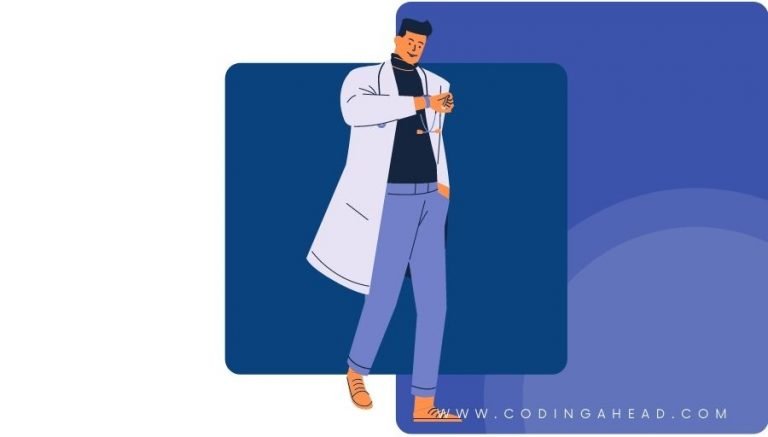How To Use CPT Code 92310
CPT 92310 refers to the prescription and fitting of contact lenses for both eyes, excluding cases of aphakia. This article will cover the description, procedure, qualifying circumstances, appropriate usage, documentation requirements, billing guidelines, historical information, similar codes, and examples of CPT 92310.
1. What is CPT 92310?
CPT 92310 is a medical billing code used to describe the prescription and fitting of contact lenses for both eyes, with medical supervision of adaptation, excluding cases of aphakia. This code is used by medical providers to bill for the service of prescribing and fitting contact lenses for patients who require them for functional vision, but not for those who are aphakic as a result of cataract surgery.
2. 92310 CPT code description
The official description of CPT code 92310 is: “Prescription of optical and physical characteristics of and fitting of contact lens, with medical supervision of adaptation; corneal lens, both eyes, except for aphakia.”
3. Procedure
- Examination of the patient’s eyes to determine the optical and physical characteristics of the cornea.
- Selection of appropriate contact lenses based on the examination results.
- Fitting of the contact lenses on the patient’s eyes.
- Training the patient on proper insertion, removal, and care of the contact lenses.
- Monitoring the patient’s adaptation to the contact lenses and making any necessary adjustments.
4. Qualifying circumstances
Patients who are eligible to receive CPT code 92310 services include those who require contact lenses for functional vision, such as after cataract surgery or for keratoconus. However, this code does not apply to patients who are aphakic as a result of cataract surgery. Additionally, most insurance plans will not cover contact lens prescriptions for normal vision abnormalities, such as farsightedness, nearsightedness, astigmatism, or presbyopia.
5. When to use CPT code 92310
It is appropriate to bill the 92310 CPT code when a medical provider performs all components of contact lens prescription and fitting for both eyes, excluding cases of aphakia. This includes determining the optical and physical characteristics of the cornea, selecting and fitting the contact lenses, training the patient on proper use and care, and monitoring the patient’s adaptation to the lenses.
6. Documentation requirements
To support a claim for CPT 92310, the following information should be documented:
- Patient’s medical history and reason for contact lens prescription.
- Results of the eye examination, including the optical and physical characteristics of the cornea.
- Type and specifications of the contact lenses prescribed.
- Details of the fitting process, including any adjustments made.
- Instructions provided to the patient on proper insertion, removal, and care of the contact lenses.
- Follow-up appointments or monitoring plans for the patient’s adaptation to the lenses.
7. Billing guidelines
When billing for CPT code 92310, it is important to follow the appropriate guidelines and rules. Some tips include:
- Ensure that the service is performed by a medical provider, not a technician.
- Verify the patient’s insurance coverage for contact lens prescriptions and fitting.
- Do not bill Medicare for the supply of the contact lenses.
- If the prescription and fitting are for one eye only, add modifier 52 to the code.
8. Historical information
CPT 92310 was added to the Current Procedural Terminology system on January 1, 1990. There have been no updates to the code since its addition.
9. Similar codes to CPT 92310
Five similar codes to CPT 92310 and how they differentiate are:
- CPT 92311: This code is used for the prescription and fitting of a corneal contact lens for one eye in patients who are aphakic.
- CPT 92312: This code is used for the prescription and fitting of corneal contact lenses for both eyes in patients who are aphakic.
- CPT 92313: This code is used for the prescription and fitting of a corneoscleral lens.
- CPT 92314: This code is used when the corneal contact lens fitting (both eyes, except for aphakia) is performed by an independent technician.
- CPT 92315: This code is used when the corneal lens is for a patient with aphakia (one eye) and the fitting is performed by an independent technician.
10. Examples
- A patient with keratoconus requires contact lenses for functional vision. The medical provider performs the prescription and fitting process for both eyes, excluding cases of aphakia.
- A patient who has undergone cataract surgery requires contact lenses for functional vision. The medical provider prescribes and fits contact lenses for both eyes, excluding cases of aphakia.
- A patient with astigmatism requires contact lenses for functional vision. The medical provider prescribes and fits contact lenses for both eyes, excluding cases of aphakia.
- A patient with presbyopia requires contact lenses for functional vision. The medical provider prescribes and fits contact lenses for both eyes, excluding cases of aphakia.
- A patient with nearsightedness requires contact lenses for functional vision. The medical provider prescribes and fits contact lenses for both eyes, excluding cases of aphakia.
- A patient with farsightedness requires contact lenses for functional vision. The medical provider prescribes and fits contact lenses for both eyes, excluding cases of aphakia.
- A patient with a corneal irregularity requires contact lenses for functional vision. The medical provider prescribes and fits contact lenses for both eyes, excluding cases of aphakia.
- A patient with a history of corneal transplant requires contact lenses for functional vision. The medical provider prescribes and fits contact lenses for both eyes, excluding cases of aphakia.
- A patient with a corneal dystrophy requires contact lenses for functional vision. The medical provider prescribes and fits contact lenses for both eyes, excluding cases of aphakia.
- A patient with a corneal degeneration requires contact lenses for functional vision. The medical provider prescribes and fits contact lenses for both eyes, excluding cases of aphakia.


